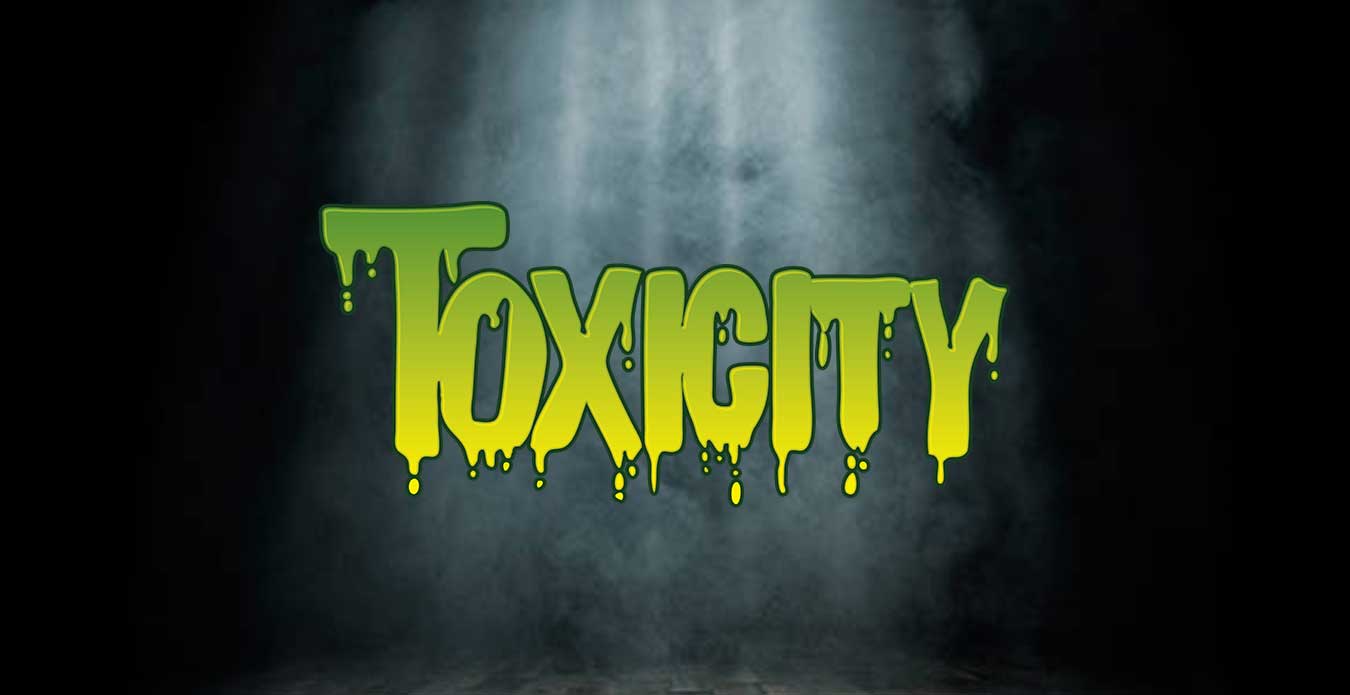Cyanide dissolves gold just like sugars dissolves in the water.
氰化物溶解黃金就像糖溶于水一樣。
It makes a pure solution out of it.
能夠得到純溶液。
After the gold was extracted, the cyanide solution was dumped into the town's Whitewood Creek.
黃金提取出來后,氰化物溶液被倒入鎮上的懷特伍德溪中。
Killing everything in the water.
殺死水中的一切。
For over a hundred years, the creek ran black.
一百多年來,這條小溪一直是黑色的。
The environmental protection agency gave Homestake one year to develop a plan to get the cyanide out of the creek.
環境保護局給了霍姆斯特克公司一年時間,制定一項把氰化物從小溪中清除的計劃。
The mine managers weren't sure how to tackle the problem and keep the mine profitable.
礦山經理們不知道如何解決這個問題,也不知道怎么樣使礦山繼續盈利。
For the people in lead South Dakota, profits for Homestake meant jobs for the town.
對于南達科他州的居民來說,霍姆斯特克公司的利潤意味著城鎮的就業機會。
There's very few things besides cyanide that will dissolve gold and they're a lot nastier than cyanide.
除了氰化物之外,幾乎沒有什么東西能溶解黃金,而且那些東西比氰化物更糟糕。
Homesnakes chief executive officer added a challenge.
霍姆斯特克公司首席執行官補充了一個挑戰。
Make the stream pure enough for trout.
讓溪水清澈得適合鱒魚生活。
Homesnake hired a local biochemist Jim Whitlock.
該公司雇傭了當地的生化學家吉姆·惠特洛克。

Whitlock and his team decided to use their background in microbiology to try something new.
惠特洛克和他的團隊決定利用他們在微生物學方面的背景,來嘗試一些新的東西。
We started with a simple knowledge that bacteria can tolerate cyanide and we knew that some bacteria could tolerate a lot more cyanide than others.
我們從一個簡單的知識開始,即細菌能耐受氰化物,我們知道有些細菌比其他細菌能耐受更多的氰化物。
In fact this was a standard means for microbiologist to identify bacteria based on how much cyanide they could tolerate.
事實上,這是微生物學家根據細菌可耐受的氰化物鑒定細菌的標準方法。
And so we looked into that in depth and what we found out is that they actually broke the cyanide molecule into two parts
我們深入研究了這一點,結果發現它們實際上把氰化物分子分解成兩部分,
and so that they could actually use it as a food source.
這樣就能把它作為食物來源。
This was the only thing that we found that had any potential to work.
這是我們唯一發現有可能可行的方法。
So it was a one-shot deal and it had the work that was a little bit on the scary part.
這是一錘子買賣,而且部分工作有點可怕。
It worked.
它奏效了。
Today all the water from the underground mine is filtered through these tanks.
今天,地下礦井的水都過濾過這些水箱。
Each containing about 20,000 pounds of Pseudomonas bacteria attached to plastic discs.
每個包含大約2萬磅的假單胞菌附著在塑料盤上。
Now the bacteria like to attach to things and they have a little tail that they use to propel themselves around in the water.
細菌喜歡附著在物體上,它們有一個小尾巴,用來在水中推動自己。
They'll discard the tail and secrete a slime layer which is how they attach to the plastic.
它們會丟棄尾巴,分泌黏液層,這就是它們附著在塑料上的方式。
Yes.
是的。
So, as the disk rotates very slowly about one and a half revolutions per minute,
因此,當圓盤以每分鐘1.5轉的速度緩慢旋轉時,
partially submerged in the water tank, the bacteria are attached to the disks.
部分浸入水箱中,細菌附著在圓盤上。
So they're in the water and then they're back in the air and then they're in the water.
它們在水里,然后又回到空中,再回到水里。












